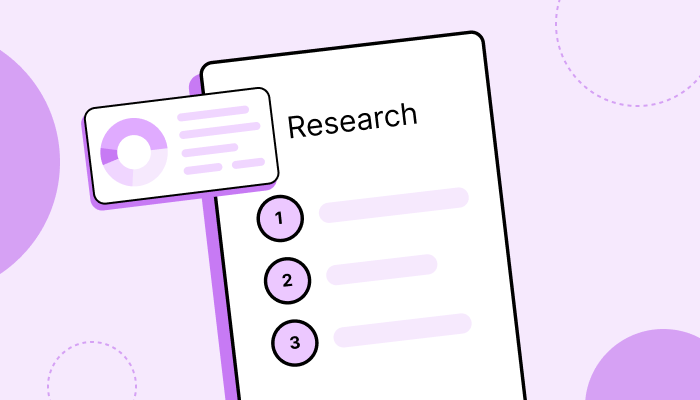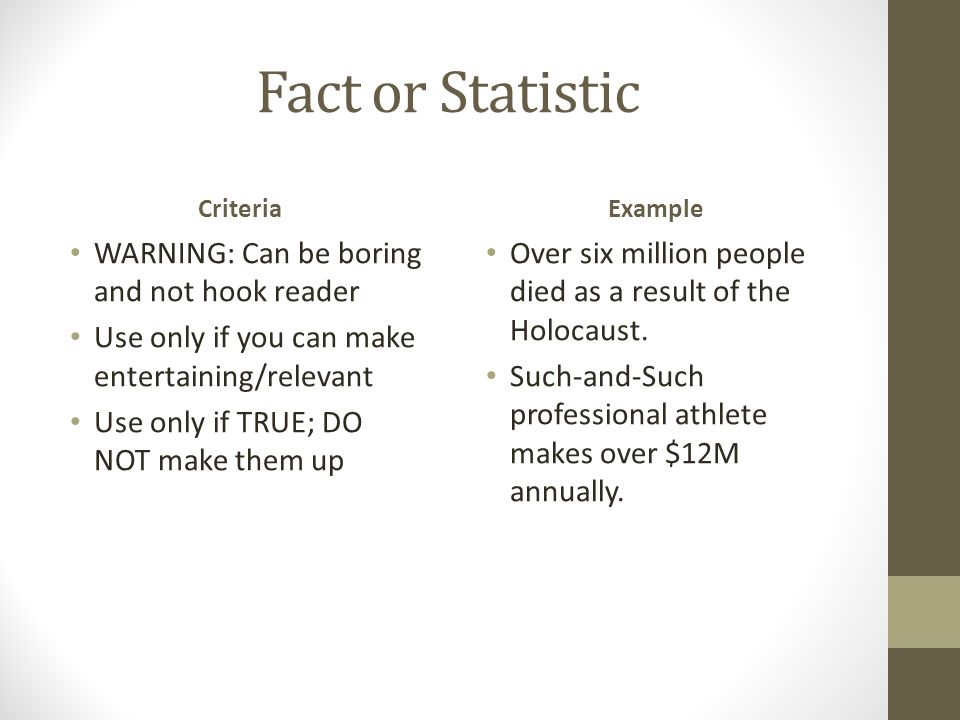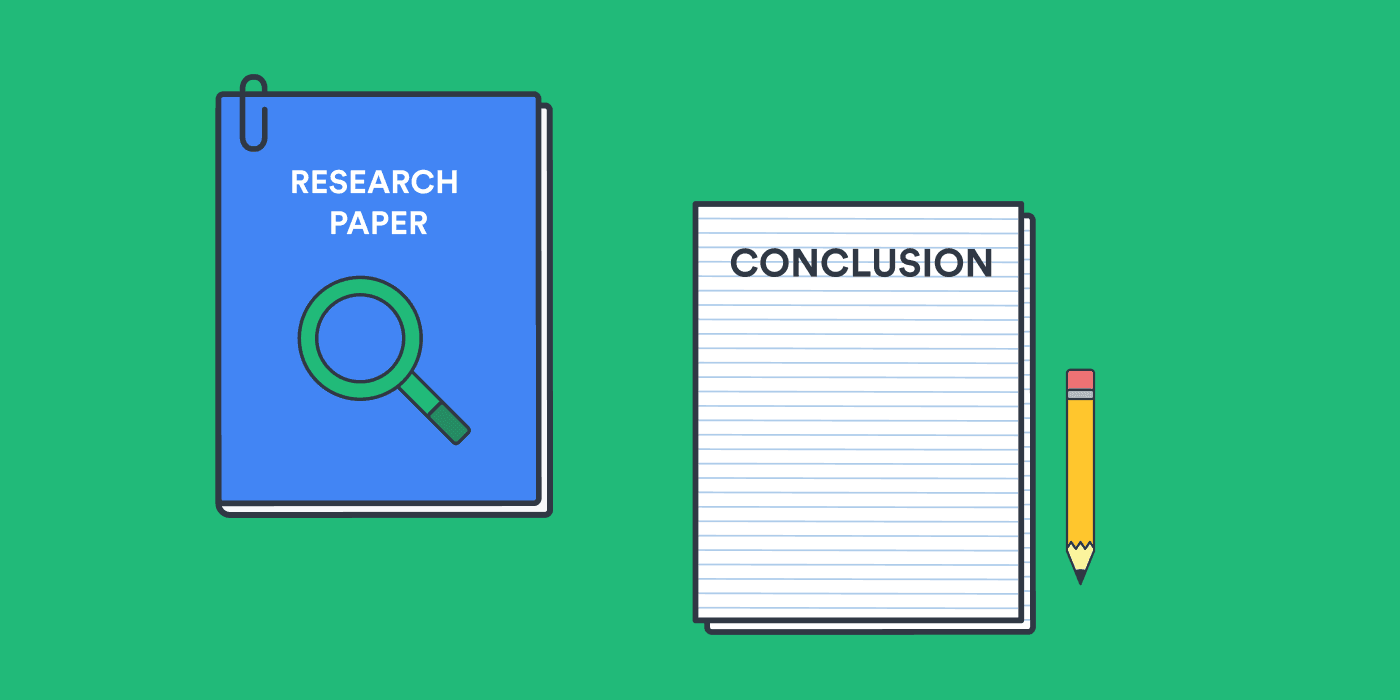How To Start A Research Paper Hook - Engage Your Readers From The Get-Go
Starting a research paper can be a daunting task. You have your topic, your research materials, and a blank document staring back at you. So, where do you begin? The answer lies in crafting an effective research paper hook. A well-crafted hook not only grabs your readers' attention but also sets the tone for the rest of your paper. In this article, we'll delve into the art of creating a compelling research paper hook, step by step.
What Is A Research Paper Hook And It's Worth To Write?
A research paper hook is, in essence, the literary bait strategically placed at the beginning of your paper to ensnare your readers' attention and curiosity. Just as a skilled angler carefully selects the ideal bait to attract specific fish, a writer, too, must be deliberate in their choice of words and storytelling techniques to lure in their target audience. This introductory element serves as the initial encounter between your work and your audience, and its importance cannot be overstated.
Imagine your research paper as a vast and mysterious ocean, teeming with information and insights. Your readers are like fish, swimming through this vast sea of knowledge. Now, how do you ensure that your readers not only notice your research paper but also choose to dive deeper into its depths? The answer lies in the art of crafting a research paper hook.
The Purpose Of A Research Paper Hook
- Engagement:The primary purpose of a research paper hook is to engage your readers from the very first sentence. It should act as a literary handshake, inviting them to take a closer look at your work.
- Relevance:A well-crafted hook also establishes the relevance of your research topic. It answers the unspoken question in your readers' minds, "Why should I care about this?" By addressing this question right away, you show your readers that your paper is worth their time.
- Context:The hook sets the stage for your research paper by providing context. It gives readers an initial glimpse into the subject matter, helping them understand the broader landscape in which your research resides.
- Thesis Preview:In many cases, a research paper hook provides a subtle hint or preview of your thesis statement. This helps your readers prepare for the central argument you will present in the paper.
Crafting The Perfect Hook
Creating an effective research paper hook is both an art and a science. It involves a careful selection of words, a deep understanding of your audience, and a keen sense of storytelling. You must choose a hook that resonates with your specific readership and aligns with the tone and purpose of your research paper.
As you embark on the journey of crafting your hook, consider the following factors:
- Audience Awareness:Start by understanding your target audience. Are you writing for academics, professionals, students, or a general audience? Your hook should align with the interests and expectations of your readers.
- Hook Type:There are various types of hooks to choose from, such as anecdotes, quotations, shocking statistics, rhetorical questions, definitions, or contradictions. Select the type that best suits your topic and engages your audience effectively.
- Seamless Transition:Your hook should seamlessly lead into your thesis statement. It should provide a natural progression from the captivating opening to the core argument of your paper.
- Conciseness:While it's important to be engaging, avoid verbosity. A hook should be concise and to the point. Remember, it's just the beginning of your paper.
- Revision and Feedback:Crafting the perfect hook often requires multiple revisions. Don't hesitate to seek feedback from peers, mentors, or writing professionals. Their input can help you refine your hook to perfection.
The Writing Hooks Types
Interesting Question Hook:
What it is:An interesting question hook is a thought-provoking query that you pose to your readers. It encourages them to think deeply about your topic.
Why it works:Questions stimulate curiosity and engagement. When readers encounter a question in the introduction, they instinctively seek answers, making them more inclined to read further.
Example:"Have you ever wondered what drives human creativity, that mysterious force behind art, innovation, and progress?"
Strong Statement/Declaration Hook:
What it is:This hook involves making a bold statement or declaration that captures the essence of your essay's theme or argument.
Why it works:Strong statements grab attention and convey confidence. They immediately convey the essay's focus and perspective.
Example:"In a world inundated with technology, genuine human connection has become a rare and precious commodity."
Fact/Statistic Hook:
What it is:A fact or statistic hook presents a surprising or intriguing piece of information relevant to your essay's topic.
Why it works:Facts and statistics add credibility and illustrate the importance of your subject matter. They pique curiosity by highlighting the significance of the issue.
Example:"Did you know that as of 2021, over 4.3 billion people worldwide are active internet users, shaping the way we communicate, work, and live?"
Metaphor/Simile Hook:
What it is:This hook uses a metaphor or simile to create a vivid, imaginative image that relates to your essay's theme.
Why it works:Metaphors and similes appeal to the reader's senses and imagination. They make your essay more engaging and relatable.
Example:"Time is a river that flows ceaselessly, sweeping us along in its relentless current."
Story Hook:
What it is:A story hook narrates a brief, intriguing anecdote or scenario related to your essay's subject matter.
Why it works:Stories humanize your essay and provide real-life context. They draw readers in emotionally and connect them to the topic.
Example:"Sarah stood at the edge of the forest, the ancient trees whispering secrets she longed to uncover. Little did she know that this journey would change the course of her life."
Description Hook:
What it is:A description hook paints a vivid picture of a scene, setting, or character to immerse the reader in the world of your essay.
Why it works:Descriptions engage the reader's senses and create a sensory experience. They transport readers into the heart of your narrative.
Example:"The sun dipped below the horizon, casting a warm, golden glow over the tranquil, azure waters of the Mediterranean, as if painting a masterpiece on the canvas of the evening sky."
Quotation Hook:
What it is:A quotation hook involves opening your essay with a relevant and impactful quote from a notable source.
Why it works:Quotes provide authority and perspective. They can also introduce a contrasting viewpoint or a theme that your essay explores.
Example:"As Albert Einsteinonce said, 'Imagination is more important than knowledge.' In an era defined by information, this sentiment takes on new significance."
Crafting The Perfect Hook After You've Finished Your Essay
When it comes to writing essays, the introduction often feels like the proverbial "jumping-off point." It's the moment where you must engage your readers, set the stage for your essay's journey, and, most importantly, hook their attention.
However, here's a slightly unconventional piece of writing advice: instead of wracking your brain for the perfect hook right at the beginning, consider writing your body paragraphs and conclusion first. By doing so, you can then circle back and craft a bespoke introduction, complete with an engaging hook that seamlessly complements your essay's content.
The Introductory Dilemma
Let's be honest; writing the introduction first can be a daunting task for many writers. Why? Because it requires introducing an essay that hasn't yet fully materialized on the page. Crafting an introduction before you've written the bulk of your essay can feel like trying to describe a movie you've never seen – it's challenging, to say the least.
So, why is it so difficult?
- The Unknown Territory:At the start of your writing process, you may not have a comprehensive understanding of your essay's nuances and conclusions. How can you introduce something you're not entirely sure about?
- The Missing Link:The introduction should seamlessly lead into the thesis statement, acting as a bridge between your readers' initial engagement and the core argument of your essay. Without the essay's substancein place, this connection can feel like an elusive puzzle piece.
- Clarity and Cohesion:An effective introduction requires clarity and cohesion with the rest of your essay. Writing it first might lead to revising it multiple times as your essay evolves, potentially disrupting the flow of your work.
The Alternative Approach
So, what's the alternative? Consider reversing the order of your writing process. Start by constructing your body paragraphs and conclusion. As you delve deeper into your topic, gather evidence, and develop your arguments, you'll gain a clearer perspective on the essay's core message and direction.
Here's how this approach can benefit your writing:
- Clarity of Purpose:By composing your essay's substance first, you'll have a firm grasp of your thesis and arguments. This clarity will naturally inform your introduction.
- Seamless Integration:Your introduction can now seamlessly integrate with the rest of your essay. You can craft a hookthat mirrors the content and tone of your work, creating a harmonious reader experience.
- Tailored Engagement:With a better understanding of your essay's theme and message, you can tailor your hook to engage your readers precisely. It becomes an organic extension of your essay's content.
- Efficient Revisions:Writing your introduction last allows you to make more efficient revisions. You can fine-tune your hook to perfection without the need for extensive rewrites of the entire essay.
Testing The Waters - Evaluating Your Research Paper Hook
You've spent time crafting what you believe to be a compelling research paper hook. It's engaging, relevant, and seamlessly sets the stage for your work. However, before you put the finishing touches on your paper, it's prudent to take a step back and evaluate the effectiveness of your hook. One valuable approach to this assessment is to test it on a select group of individuals from your target audience. Their reactions can provide invaluable insights and help you fine-tune your hook for maximum impact.
The Importance Of Testing
Why is it essential to test your research paper hook? Consider these key reasons:
Objective Feedback:As the creator of your work, you may be emotionally attached to your hook. Testing it with others provides an objective perspective, free from personal bias.
Audience Relevance:Your target audience's response is vital. If your hook fails to engage them or align with their expectations, it may not fulfill its intended purpose.
Effectiveness Assessment:Testing helps you determine whether your hook accomplishes its goals, such as generating curiosity, providing context, and leading into your thesis statement effectively.
Iterative Improvement:Feedback from your test audience can guide revisions. By addressing their suggestions, you can refine your hook to make it more engaging and persuasive.
How To Test Your Hook
Here's a step-by-step guide on how to test your research paper hook effectively:
Select Your Test Audience:
Choose a small group of individuals who represent your intended readership. Consider factors like age, educational background, and interests to ensure a diverse sample.
Share Your Hook:
Provide your test audience with your research paper hook, ideally in the context of your paper's introduction. You can do this in person, via email, or through a digital document-sharing platform.
Ask For Feedback:
Encourage your test audience to share their thoughts openly. Pose questions such as:
- Did the hook grab your attention?
- Did it make you want to read further?
- Did it provide a clear sense of the essay's topic and relevance?
- Did it transition smoothly into the main thesis statement?
- Were there any confusing or unclear elements?
Gather And Analyze Responses:
Collect the feedback from your test audience and analyze their responses objectively. Look for common themes, areas of improvement, and specific suggestions for enhancement.
Revise And Refine:
Based on the feedback received, revise your research paper hook. Address any issues raised by your test audience and make improvements to enhance its effectiveness.
Repeat The Process (if Necessary):
If time allows, consider testing the revised hook with a different group of individuals or even with the same group after revisions. This iterative process can help you refine your hook further.
People Also Ask
What Is An Example Of A Hook In A Research Paper?
An example of a hook in a research paper could be a shocking statistic that highlights the significance of your topic. For instance, "Did you know that 80% of all plastic waste in the ocean comes from just 20 countries? This alarming statistic underscores the urgent need for sustainable waste management."
Should You Start A Research Paper With A Hook?
You should start a research paper with a hook. A well-crafted hook engages your readers, establishes relevance, and sets the tone for your paper. It's the first impression that can make your audience eager to read further.
What Is A Good Hook For A College Research Paper?
A good hook for a college research paper depends on your topic and audience, but some effective options include a thought-provoking question, a strong statement, a relevant anecdote, or a compelling quotation. The key is to choose a hook that aligns with your paper's purpose and engages your college-level readers.
For more detailed guidance on writing effective hooks for research papers, you can check out this resource.
Conclusion
Starting a research paper with a compelling hook is an art that, when mastered, can significantly enhance the impact of your work. Remember to tailor your hook to your audience, choose the most suitable type, and seamlessly connect it to your thesis statement. With practice and refinement, your research paper hook can become a powerful tool for engaging readers and setting the stage for a successful paper. So, go ahead, cast that captivating hook and reel your readers into your research journey!


